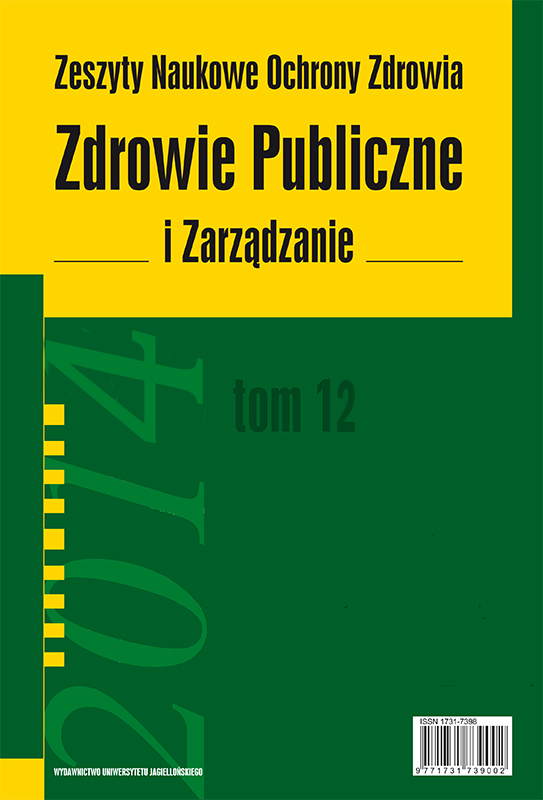Ocena prewencji przemocy rówieśniczej wśród nastolatków w Polsce z perspektywy zdrowia publicznego
-
Author(s): Marta Malinowska-CieślikSubject(s): Social Sciences, Sociology, Family and social welfare
Published by: Wydawnictwo Uniwersytetu Jagiellońskiego
Keywords: bulling i cyberbulling dręczenie; polityka; Polska; prawo; prewencja i nadzór; przemoc wśród nastolatków; przemoc seksualna; zdrowie publiczne
Summary/Abstract: This article assesses Poland’s performance with respect to the level of adoption, implementation and enforcement of national level policy actions to address adolescence peer to peer violence prevention. The assessment is based on an examination of current national policies to support the prevention of violence amongst adolescents, accurate to July 2013. The analysis included the assessment of adolescents violence surveillance, government lead and national strategy for peer to peer violence prevention (e.g. bulling and cyberbulling), capacity, such as school related actions, telecommunications services (help lines) and media campaigns on the violence prevention. Policies selected were based on current best evidence for good practices in peer violence prevention. To gather information on each of the policies being examined, the law and policy documents were reviewed, and the relevant government departments were contacted. The assessment tool – a questionnaire – developed in the frame of the European Project TACTICS (Tools to Address Childhood Trauma, Injury and Children’s Safety) was applied. Each policy was assessed on 3-points scale: whether it had been adopted, if it was partially or fully implemented and as appropriate was being enforced. The following scores were obtained for each the area of peer violence prevention among adolescents. The overarching policies, government leadership, and surveillance was assessed in 86%, and the capacity related to resources at schools and, interventions on peer violence prevention was assessed in 88%. Generally, the national level in addressing adolescence peer to peer violence prevention in Poland was graded as good performance. However, the further actions are required, particularly in improvement of regular, annual estimation of incidences of peer violence possible, and at school related actions, especially mandatory education in life skills, health curriculum including sexual, intimate partner abuse prevention, and bulling (cyberbulling), and sexual abuse prevention programs (e.g. counselling) at schools. There are some good programmes and services available in Poland to build capacity both for victims and perpetrators. However follow-up and monitoring is needed, to ensure implementation, particularly for those aimed at low and high secondary schools. The monitoring of the places where alcohol and drugs are available needs to be improved and better executed. Moreover the development and implementation of all available resources for adolescents at the communities level should result also in decrease of prevalence of peer to peer violence. The government approved the National Program of Domestic Violence Prevention, which does not include other areas, except home, of adolescence violence occurring outside of the school setting (e.g., dating and intimate partner violence, and cyberbulling) and this leaves a gap that should be addressed. The development of national guidance and policy regarding assessment in situations of potential, suspected risk would strengthen existing services. Education on prevention of dating and intimate partner violence would provide another opportunity to screen for risk of these types of sexual violence amongst youth.
Journal: Zdrowie Publiczne i Zarządzanie
- Issue Year: 12/2014
- Issue No: 1
- Page Range: 17-25
- Page Count: 9
- Language: Polish

